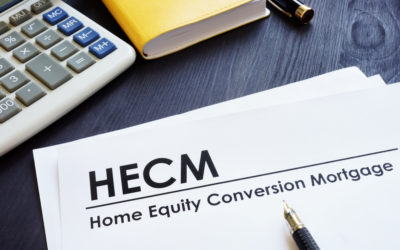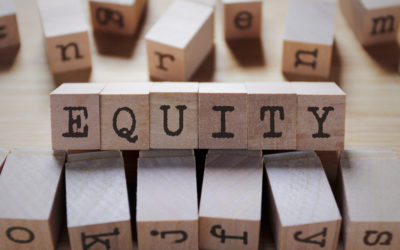What Does a Mortgage “Principal” Mean?
As you apply for a reverse mortgage, there will be various terms mentioned that you may be unfamiliar with. One such term you may see frequently is principal. All loans, regardless of the type, begin as principal. This is the amount that must be repaid to satisfy your loan. The principal is also one of the main components of your mortgage loan.
Key takeaways
- The mortgage principal is the initial loan amount you’re borrowing.
- The mortgage principal definition is not the same as the interest definition. Interest is what you pay the lender for letting you borrow money.
- You’ll pay the principal and interest together in one payment.
What is a mortgage principal?
The mortgage principal is the amount you borrow, minus interest, for your reverse mortgage. Typically, the principal is paid in monthly installments. However, you won’t have to worry about paying your reverse mortgage until the loan reaches maturity, which is when the home no longer is your primary residence or when you pass away. You can begin paying your reverse mortgage early without penalty, but it’s not required. Doing so can reduce the total needed to satisfy the loan.
In contrast, the principal limit is the maximum amount you may obtain from the loan. This will depend on your age, interest rate, and the value of your home. Learn more about reverse mortgage limits by reading our blog. If you’re curious about how much money you can receive with a reverse mortgage, use our reverse mortgage calculator to help you get started.
Difference between mortgage principal payment and interest payment
Your monthly mortgage payments will be primarily composed of two parts: principal and interest. Interest is the amount you’ll pay the lender for letting you borrow the money, which differs from the mortgage principal definition. The specific amount of interest you have to pay will be structured as a percentage and depends on several factors, such as the lender’s policies and your creditworthiness. The principal, along with interest, will be paid to the lender, so you don’t have to worry about making two separate payments.
Note that when you make a payment toward a loan that’s accumulated interest, your payment will be applied to the interest charges first. If you paid more than the minimum required, the remaining amount will go toward your mortgage principal.
Example of a mortgage principal and mortgage principal payment
If you were to take out a $500,000 mortgage, your principal would be $500,000. If you pay $60,000, the remaining balance would be $440,000, which is known as the outstanding principal. Interest will then start to accrue on the remaining balance until it’s paid in full. If the interest rate is 5%, you would have to pay the leftover balance plus $22,200 the following month in order to completely pay off the loan.
Keep in mind that when an HECM loan matures, the principal, reverse mortgage interest, and other fees become due and payable immediately.

 1-866-840-0279
1-866-840-0279


